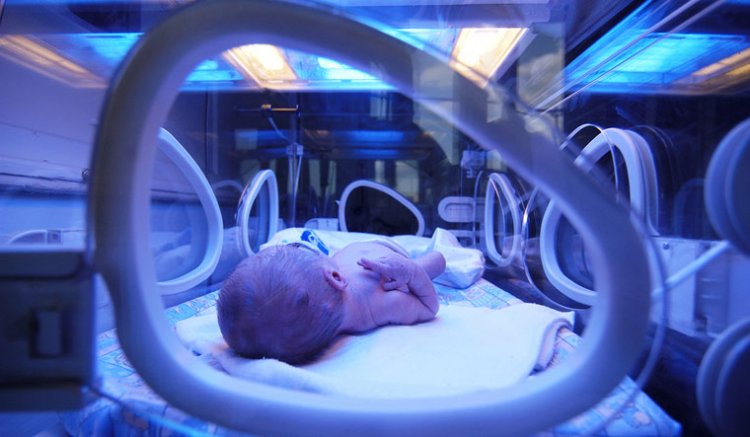Premature neonates in neonatal care units are at risk of developing deadly illnesses

London, UK: Premature neonates in neonatal care units are extremely sensitive to potentially lethal infections. To help keep these babies safe, the risk of infection must be maintained to a minimum.
Late-onset sepsis is a unique issue that begins three days after birth when germs enter the bloodstream and develop. This is extremely risky, and newborns with late-onset sepsis spend more time in the hospital, require more antibiotic therapy, and may have long-term health consequences.
The most common cause of late-onset sepsis is Staphylococcus bacteria. The majority of bacteria in this big category are innocuous; they are normal skin colonisers and can even protect us against hazardous microorganisms. However, some strains, when they wind up in the incorrect spot and enter the body, can cause serious issues, especially in immunocompromised persons such as neonates.
One example is Staphylococcus capitis. This is a species that lives on our scalp, face, and neck; capitis means "of the head" in Latin. However, some strains of S capitis have been linked to late-onset sepsis. One strain, known as NRCS-A, has been linked to serious infections in neonates all over the world.
Scientists think this strain first emerged in the 1960s and spread globally throughout the 1980s as it evolved resistance to the commonly used antibiotic vancomycin. Strains circulating now show resistance to multiple antibiotics and reduced susceptibility to antiseptics that we use to sterilise the skin of babies. This makes the bacteria harder to treat and control, but exactly why this NRCS-A strain has become so globally successful has remained a mystery.
To try and understand what makes this strain able to spread around the world and to develop better ways to keep it under control, Professor Mark Webber and his team from the Quadram Institute and the University of East Anglia analysed the genomes of hundreds of S capitis isolates. They worked with two Neonatal Intensive Care Units (NICUs), one in the UK and one in Germany, obtaining samples of S capitis from the skin and gut of neonatal babies, with and without late-onset sepsis.
Their results, published in the journal Microbial Genomics, found that the NRCS-A strain was commonly carried on the skin and in the gut of uninfected neonatal babies, and that transmission between babies within NICUs was likely.
By reading the complete genome of each sample, the team was able to identify tiny genetic differences between the S capitis strains that caused disease and those that didn't.
Professor Webber and his team found that the NRCS-A strains that can cause disease carried a set of unique genes, which they think allows them to survive in the gut as well as on the skin. This would make cleaning the skin to eradicate the bacteria ineffective as the babies will carry a reservoir in their gut microbiomes that cannot be easily removed but can act as a source of infection.
The genes found in the NRCS-A strains allow them to be resistant to nisin, an antimicrobial compound naturally produced by bacteria in the gut. They also carry genes to survive exposure to the toxic metals that our immune system uses to kill bacteria, as well as genes to scavenge essential metals that are known to be hard for bacteria to access in the gut environment.
Further experiments also showed that the bacteria grow better in acidic conditions as found in the gut. Together, the evidence supports the idea these bacteria are adapted to exploit growth in the gut.
If metal scavenging is critical to infection, this may also be the bacteria's Achilles heel, presenting a new way to counter its threat. There is early evidence that feeding babies a probiotic supplement of benign bacteria reduces the rate of late-onset sepsis and that these 'good bacteria' can extract metals before the S capitis, preventing their growth.
"Studying how strains like NRCS-A have become globally successful is crucial to understanding how bacteria evolve to colonise different environments and to give us new ideas about how to reduce the risks of infection in vulnerable populations," said Professor Webber.
"We hope this work can be the starting point for more research to develop better ways to protect newborn babies from the terrible consequences of infection."
Dr Heather Felgate from the Quadram Institute and lead author of the study said "There are still many questions to answer as to why NRCS-A has become so globally spread amongst NICU.
But, working out how NRCS-A can evade the host immune system, spread and survive can also give us a head start with many other Staphylococcal species that cause sepsis in immunocompromised people in NICU and Intensive care units."















































